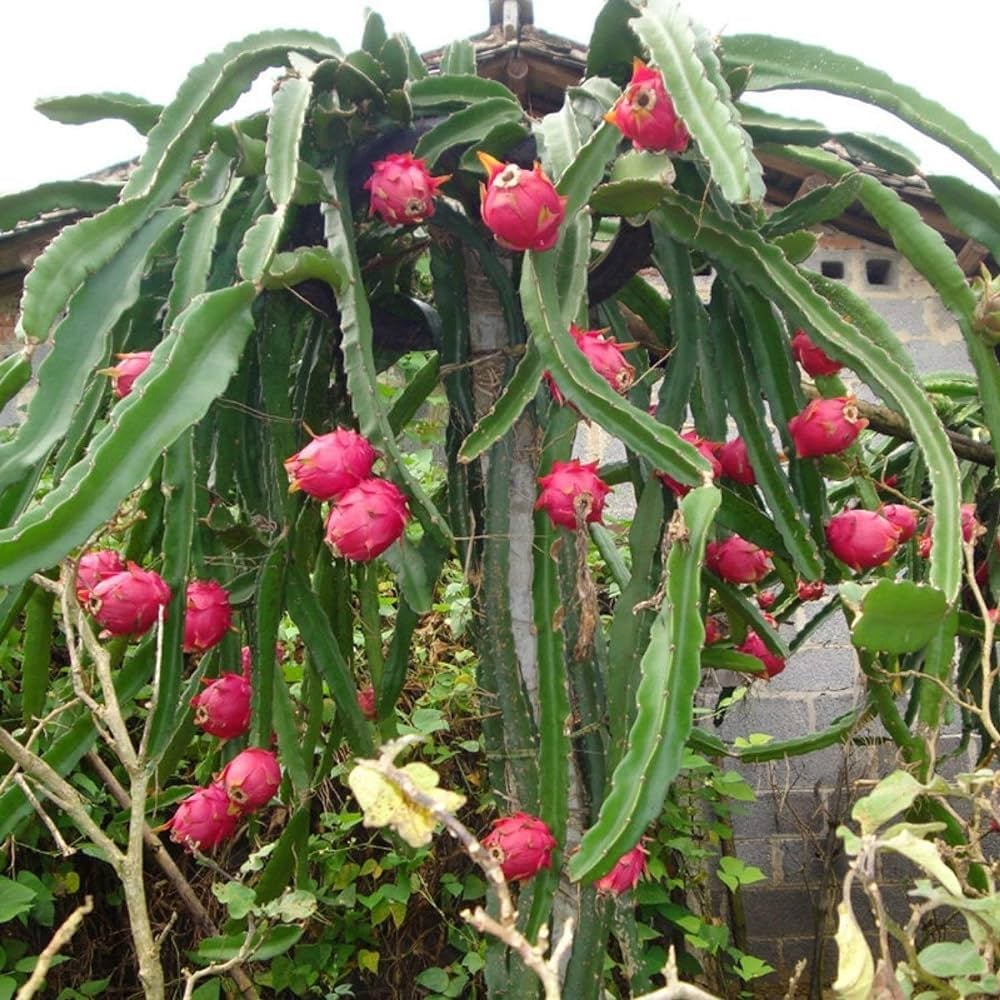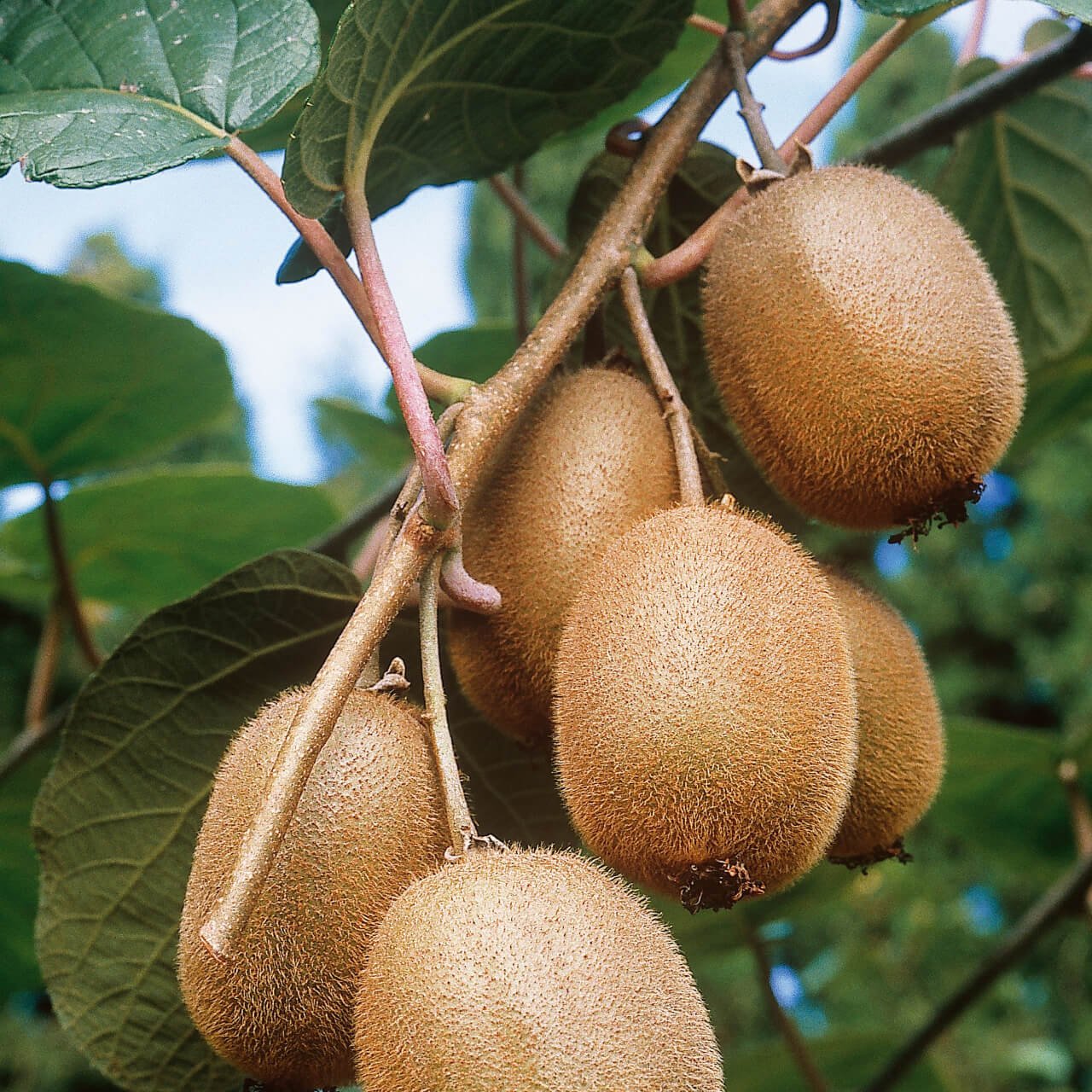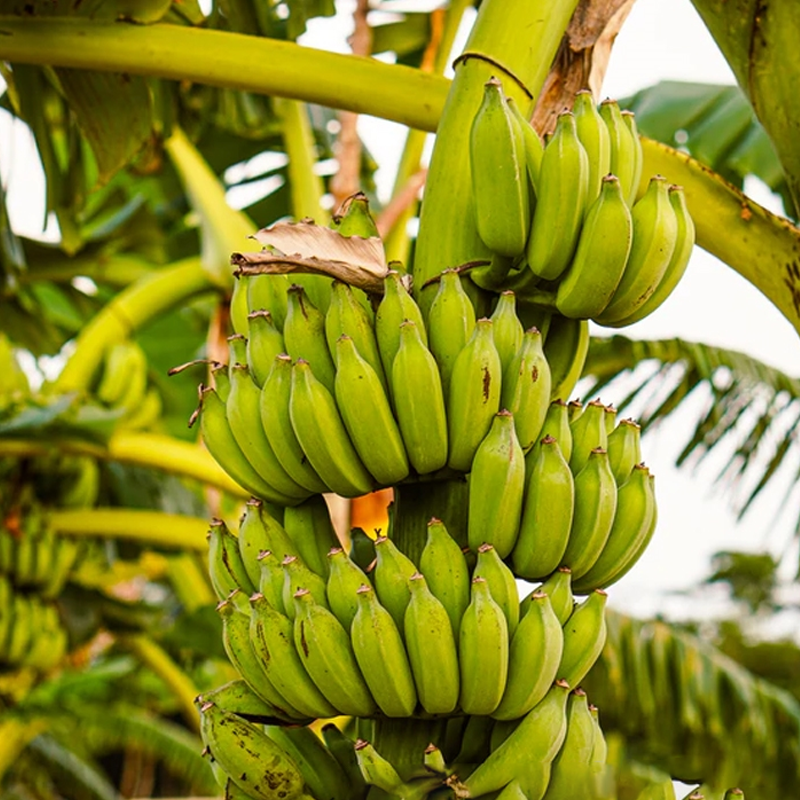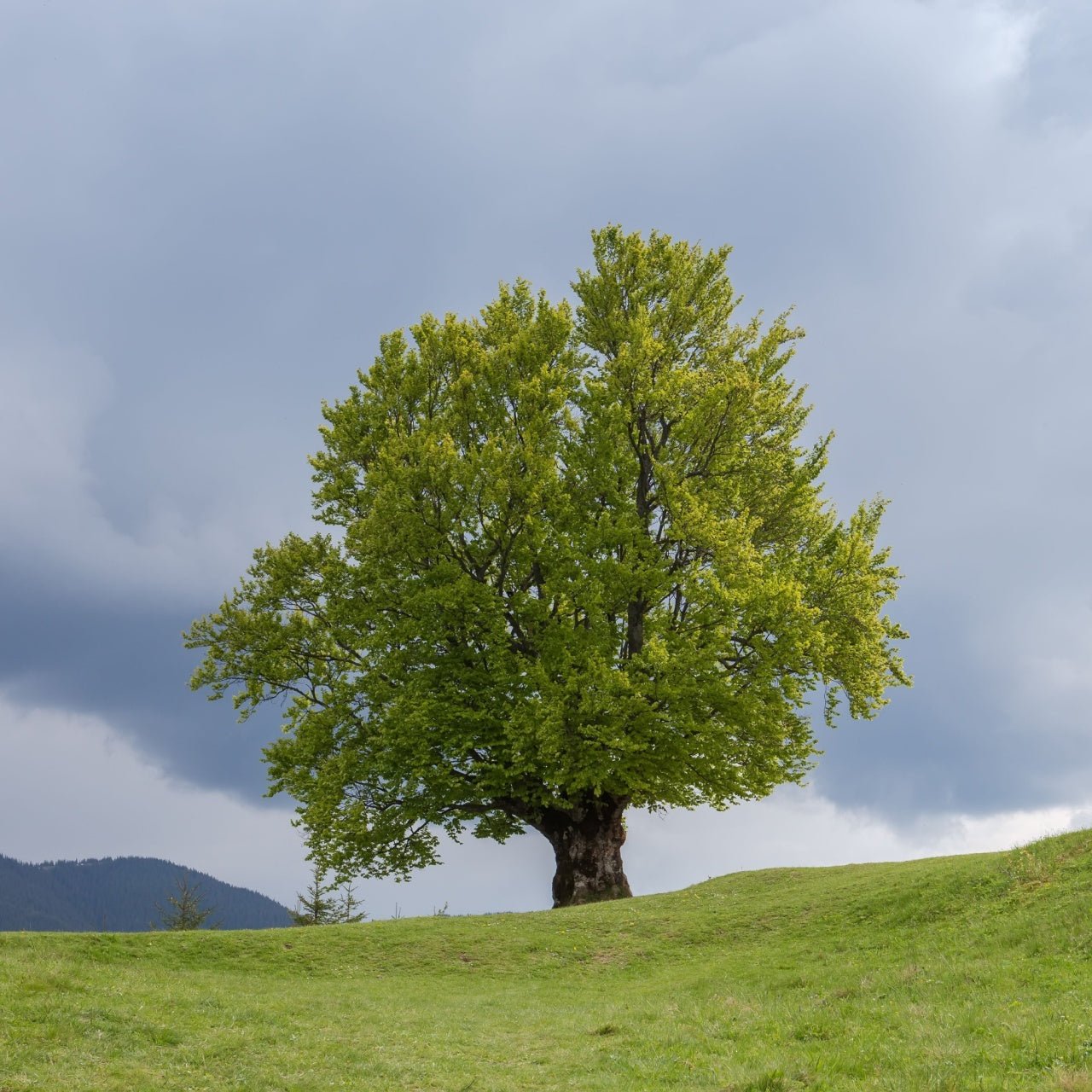

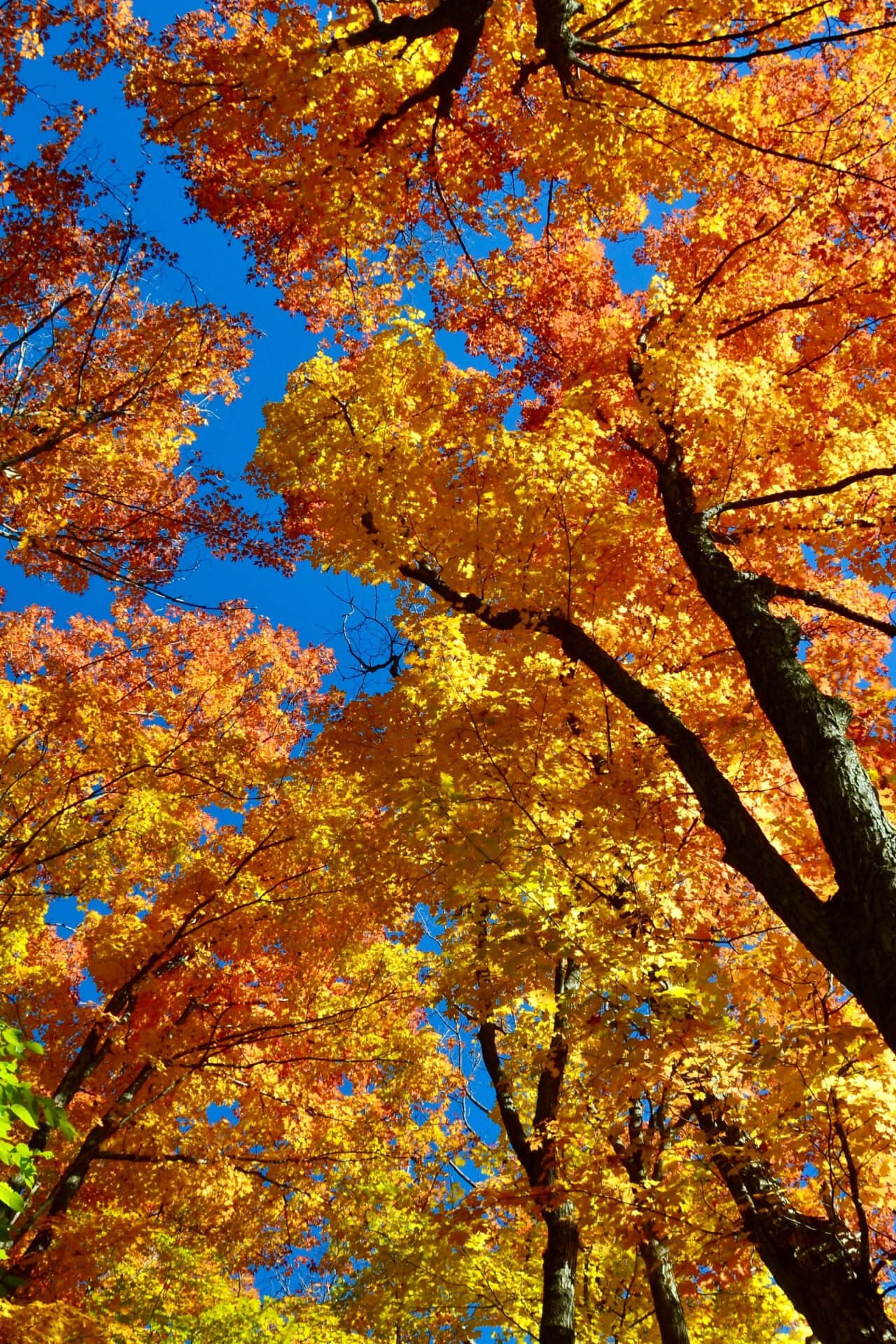
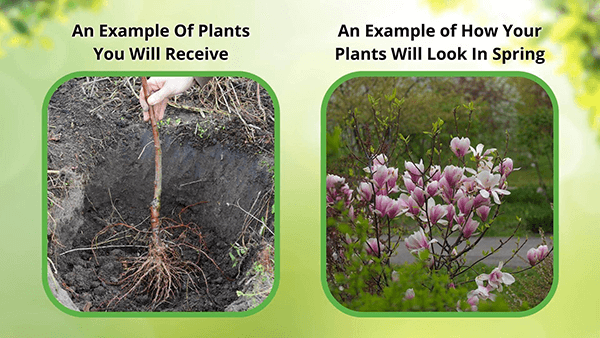

American Beech Tree
Provides excellent shade canopy
Beautiful golden fall foliage
Attracts diverse wildlife year-round
Thrives in
ZONE 3ZONE 4ZONE 5ZONE 6ZONE 7ZONE 8ZONE 9This plant ships:
Ships NowAmerican Beech: Fagus Grandifolia
The American Beech Tree (Fagus grandifolia) is a highly desirable tree for any landscape. With a lifespan of up to 300 years and reaching heights of 50-70 feet, this hardwood tree provides beautiful autumn colors and plenty of shade.
Growth and Size of the American Beech Tree
The tree is known for its distinctive shape and steady growth. This tree's distinctive shape adds character to any landscape, while its steady growth guarantees long-term beauty for any outdoor area. With its robust and durable structure, it serves as a dependable option for any aesthetic.
Landscaping Uses
These native tree species are versatile additions to any landscape. They can be used in many different ways. They provide necessary shade in the summer months and add a touch of elegance, beauty, and texture to any garden.
Reasons to plant this native tree species
Plant the American Beech Tree for its numerous benefits, including providing shade, preventing soil erosion, and attracting wildlife. As a fast-growing tree, it will also enhance the beauty of your landscape. With its sturdy and long-lived nature, it will be a valuable addition to your property.
This Is How Your Plants Will Look upon Delivery

Height at Maturity
Over 25 Feet
Care
To care for American Beech trees, ensure the soil remains consistently moist but well-drained, especially during the tree's early years—Mulch the base to keep moisture and protect roots. Trim in late winter to hold shape and remove dead branches.
Plant Reproduction
The American Beech Tree spreads by seeds and root suckers.
Plant bare root trees during the dormant season in early spring or late fall (November through April). Dig the hole twice as wide as the roots so the soil is well-drained. Position the tree so the root flare is at or just above ground level. Fill the hole back with the soil you dug from and water. Maintain soil moisture, especially in the tree's early years, by providing deep, regular watering. Apply a 2-4 inch mulch away from the trunk at the base to retain moisture and suppress weeds. Prune trees during the first few seasons to establish strength and resilience, remove damaged branches, and continue maintenance pruning as the tree matures. Regularly inspect for pests and diseases and apply integrated pest management practices. Protect young trees from mechanical damage and extreme temperatures with tree guards, and stake them if necessary for support, removing the stakes after one or two years.
Shipping date depends on the date displayed and chosen when you order from the product's page.
We only accept returns on plants verified dead. If you think your plants have died, we offer a 1 year warranty, please use this File a Claim Link to verify dead plants and start with return warranty process.






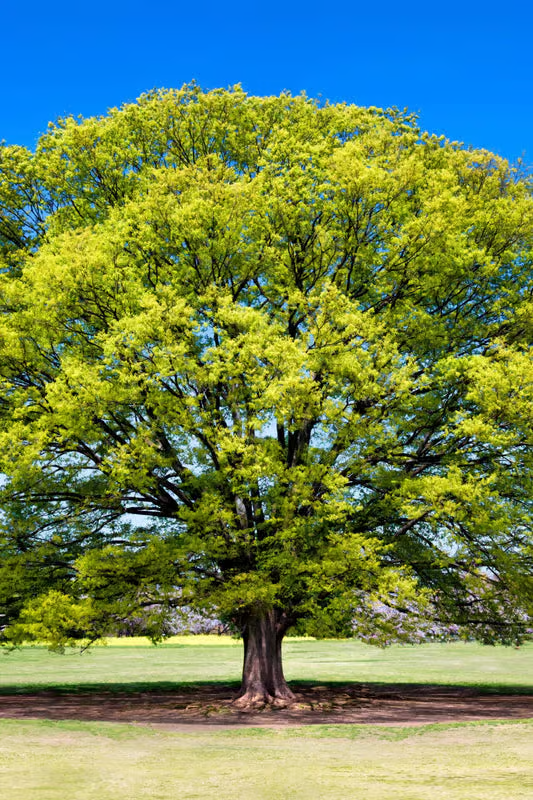
Stunning Seasonal Color:
The American Beech Tree features vibrant green foliage that turns a beautiful golden-yellow in the fall, adding seasonal color to your landscape. This striking transformation enhances your garden’s visual appeal throughout the year.
Majestic Growth:
With its broad, spreading canopy, the American Beech Tree creates a grand presence in any garden. Its impressive size provides a sense of grandeur and scale, making it a focal point in your landscape design.
Unique Bark Texture:
Its smooth, grayish bark offers a distinctive appearance that sets it apart from the more common black or brown bark of other trees. This unique texture provides an attractive and eye-catching feature to your outdoor space.
Low Maintenance:
Once established, the American Beech Tree requires minimal care, making it an ideal choice for busy gardeners. Its low-maintenance nature allows you to enjoy its beauty without the hassle of constant upkeep.
Caring Tips
How do I care for my American Beech Tree?
Each box contains detailed care instructions and information about your product. But here's the basics.
Care Tips
To care for American Beech trees, ensure the soil remains consistently moist but well-drained, especially during the tree's early years—Mulch the base to keep moisture and protect roots. Trim in late winter to hold shape and remove dead branches.
Light Requirements
The American Beech Tree thrives in partial to full shade, though it can tolerate some sunlight, especially in its early years. It prefers a sheltered location to enjoy dappled sunlight or filtered light through the above-canopy.
Hardy Planting Zones
3 • 4 • 5 • 6 • 7 • 8 • 9
Header
Use this content to share information about your store and products.
Frequently Asked Questions
How often should I water my plants?
How do I know if my plant is getting too much or too little sunlight?
What should I do to prepare my plants for winter?
What are the signs that my plant needs fertilizing?
How can I prevent pests from damaging my plants?
How do I choose the right plant for my climate zone?



